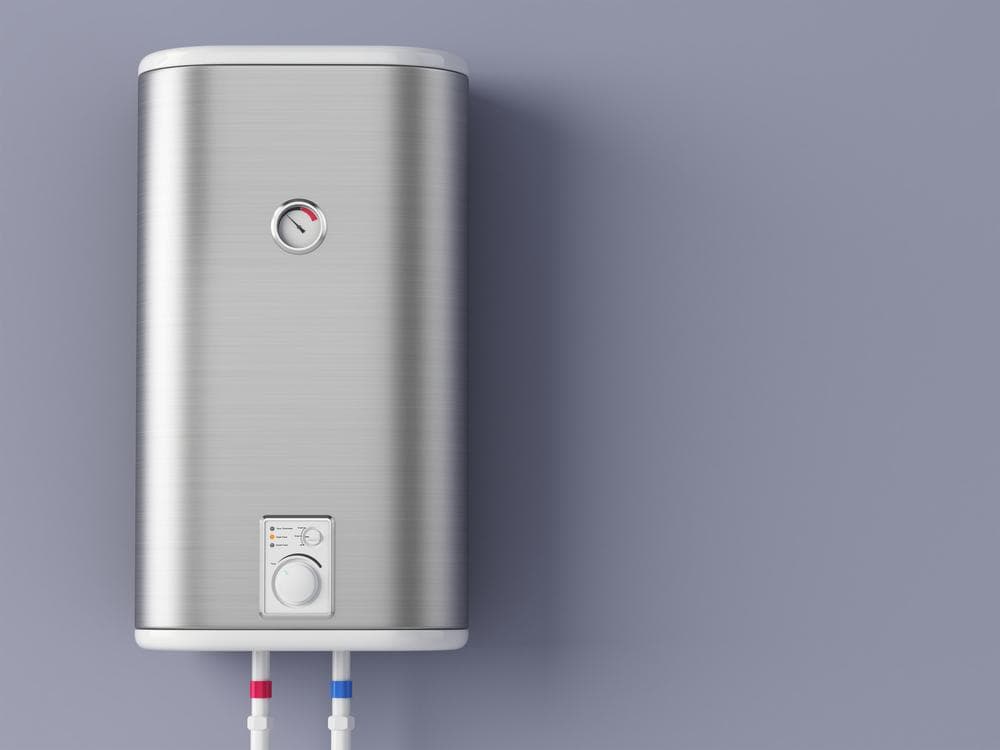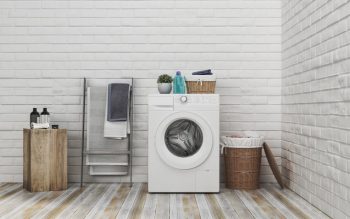
Cleaning an immersion water heater rod is an essential part of maintaining its longevity and efficiency. Despite its importance, many people often overlook this crucial task. This comprehensive guide will explain how to clean an immersion water heater rod, the tools needed, safety precautions, and common mistakes to avoid.
To clean an immersion water heater rod, first disconnect the power and let the rod cool. Next, prepare a cleaning solution of equal parts white vinegar and water or a solution of 2 tablespoons of sodium carbonate in water. Soak the rod in the solution for 15-30 minutes, then gently scrub it with a soft brush or cloth. Rinse the rod thoroughly, dry it with a clean cloth, and let it air dry completely before using it again. Always take safety precautions like disconnecting the power, allowing the rod to cool, and keeping children away during the cleaning process.
Disconnect the Power
Before you start the cleaning process, ensure that the immersion rod is unplugged. This step is crucial to protect against electric shocks. Wait until the rod is completely cooled down before handling it to avoid burns.
Prepare the Cleaning Solution
Next, prepare a cleaning solution. Mix equal parts of white vinegar and water in a container large enough to submerge the heating element of the rod. You can also use a solution of 2 tablespoons of sodium carbonate in water. These solutions are effective in dissolving mineral deposits and salt buildup on the rod.
Soak and Scrub the Rod
Submerge the heating element of the immersion rod in the cleaning solution and let it sit for 15-30 minutes. After soaking, use a soft brush or cloth to gently scrub the heating element, removing any remaining deposits. Cleaning an immersion rod regularly can help maintain its efficiency and prolong its lifespan.
Rinse and Dry the Rod
After scrubbing, rinse the immersion rod thoroughly with clean water to remove any residue from the cleaning solution. Wipe the rod with a clean, dry cloth and let it air dry completely before using it again.
Safety Precautions
Safety should always be a priority when handling an immersion rod. Always disconnect the power and allow the rod to cool before handling it. Use non-conductive materials, maintain the water level between the minimum and maximum levels, and keep children away during the cleaning process.
Common Cleaning Mistakes
When cleaning an immersion rod, avoid common mistakes such as not disconnecting the power, cleaning the rod while it’s hot, and using abrasive cleaning materials. Regularly check for corrosion or deposits on the heater element or the tank surface to prevent scale buildup.
Preventing Scale Formation
To prevent scale or mineral deposits on your immersion rod, consider installing a scale inhibitor or a water softener. Regular cleaning and maintenance, as well as draining and flushing your water heater, can also help prevent scale buildup.
Post-Cleaning Steps
After cleaning, inspect the immersion rod for any signs of corrosion or damage. Check the terminal enclosure gasket and the anode rod, and ensure the immersion rod is completely dry before reinstalling it.
Cleaning your immersion water heater rod is not only a vital step towards prolonging its lifespan, but it also ensures the efficiency of your water heating system. With this comprehensive guide, you can now confidently clean your immersion rod and maintain its optimal performance.
Frequently Asked Questions
How often should I clean my immersion rod?
The frequency of cleaning your immersion rod depends on the hardness of your water. If your water is hard, you should clean it once every three months. However, if your water is soft, cleaning it every six months should be sufficient.
Can I use any other cleaning solution besides vinegar or sodium carbonate?
While vinegar or sodium carbonate are commonly used due to their effectiveness in dissolving mineral deposits, you can also use a commercial descaling solution. Make sure to follow the instructions on the product label.
What should I do if I notice corrosion or damage on my immersion rod?
If you notice corrosion or damage on your immersion rod, it is advisable to replace the rod. Continuous usage of a damaged rod can lead to inefficiency and potential safety hazards.
What is a scale inhibitor and where can I get one?
A scale inhibitor is a device that prevents scale or mineral deposits from forming on your immersion rod. It works by altering the chemical structure of the water to reduce its hardness. You can purchase a scale inhibitor from home improvement stores or online retailers.
What is an anode rod and why should I check it?
An anode rod is a component of a water heater that attracts corrosive elements in the water. This prevents these elements from corroding the tank. Checking the anode rod for corrosion and replacing it when necessary can help prolong the lifespan of your water heater.












